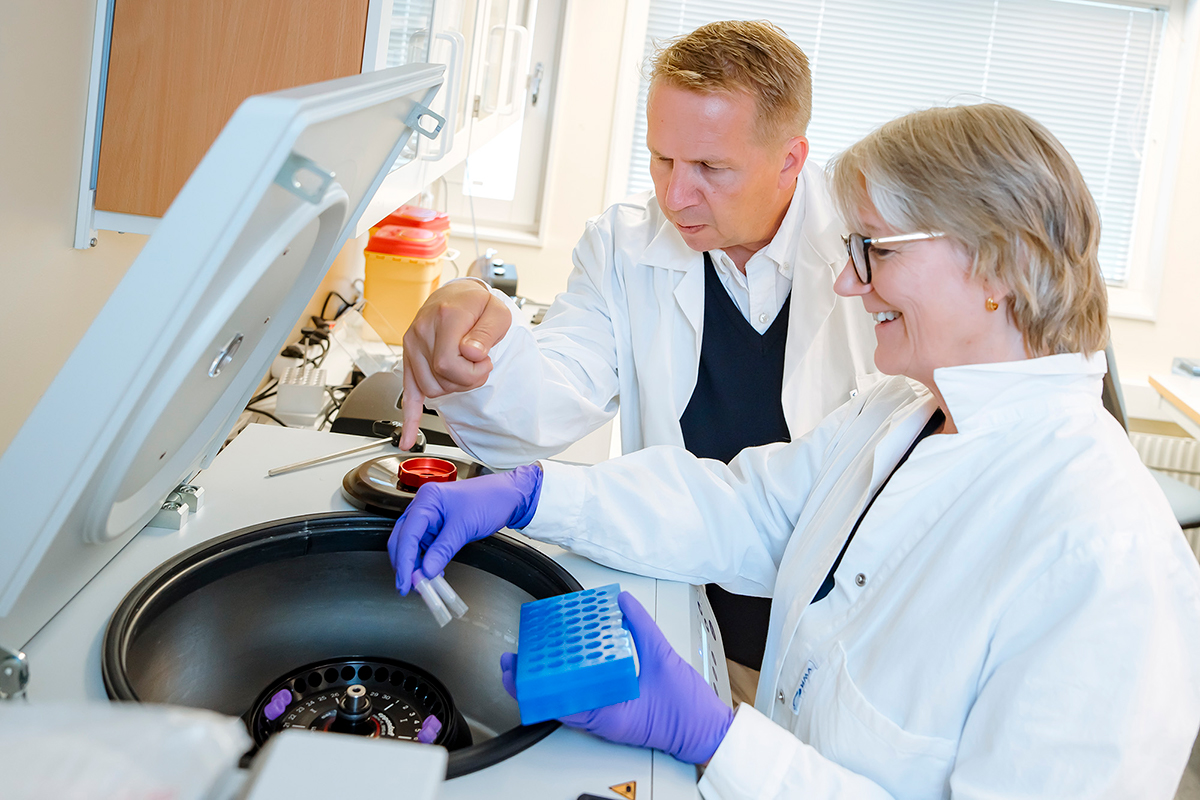ARTICLE
Moving into GMP – Turning Process into Product – part 4
The transition into GMP manufacturing marks a defining moment in the development of a biologic drug. After extensive process development, method qualification, and technical validation, the focus now shifts to controlled, compliant production of clinical material. At this stage, the stakes are higher: the product will be used in human trials, regulatory expectations intensify, and consistency, safety, and traceability are non-negotiable. For both Lipum and NorthX Biologics, entering GMP production is not just a milestone, it’s a strategic turning point where precision, collaboration, and readiness must come together.
Delivery under GMP conditions
Good Manufacturing Practice (GMP) is more than a regulatory requirement – it’s a framework for ensuring product quality and patient safety. As the process enters this environment, every input and output must be controlled, documented, and justified.
This includes:
- Executing production in qualified and maintained GMP facilities and equipment with trained personnel.
- Following cGMP processes and batch records aligned with prior development and engineering runs.
- Conducting in-process controls and release testing using fully validated analytical methods.
- Ensuring full traceability of materials, deviations, and outcomes to support regulatory submissions.
The experience from the non-GMP engineering batch becomes a valuable reference, informing final process adjustments and confirming readiness for GMP execution.

The CDMO Perspective: Operational Precision and Compliance
For NorthX Biologics, GMP manufacturing is where operational discipline and technical expertise converge. Each production run is planned with precision – from scheduling and raw material sourcing to execution and release. Batch production records are finalized based on prior process transfer. Quality Assurance (QA) reviews every step, ensuring alignment with both internal standards and external regulatory expectations.
GMP documentation supports data integrity and traceability, while deviations or investigations are managed through structured processes. The goal is to not only manufacture the drug substance as intended but to demonstrate control and reliability across every parameter.
Lipum’s Perspective: From Concept to Clinical Supply
For Lipum, entering Phase II with a new GMP manufacturing partner marks both continuation and evolution, building on the foundation laid in Phase I while scaling up production for broader clinical use. This next step combines the technical insights from earlier work with the strategic importance of establishing a robust and reliable partnership with NorthX Biologics. The GMP production at the CDMO’s facilities will now confirm that the transferred process, analytical methods, and supporting documentation are robust and aligned with regulatory expectations for Phase II. Although Lipum has already established an initial manufacturing and clinical history during Phase I, this new phase marks the beginning of a new manufacturing partnership and an opportunity to strengthen the platform for future scale-up and commercialization. Furthermore, Lipum will work closely with NorthX Biologics to ensure a seamless transfer of knowledge, careful risk assessment, and alignment on strategy and execution, laying the groundwork for long-term success in clinical and regulatory development.
Looking Ahead: Establishing the Foundation for Commercialization
A successful GMP manufacturing campaign is more than a checkmark on a timeline – it sets the tone for everything that follows. It validates the partnership between Lipum and NorthX Biologics, proves the process under real-world conditions, and lays the groundwork for future scale-up and commercialization.
As the two partners move forward, the focus remains on precision, partnership, and proactive planning. Together, they are not only producing clinical-grade material, they are also building the foundation for delivering innovative, life-changing biologic therapies to patients worldwide.